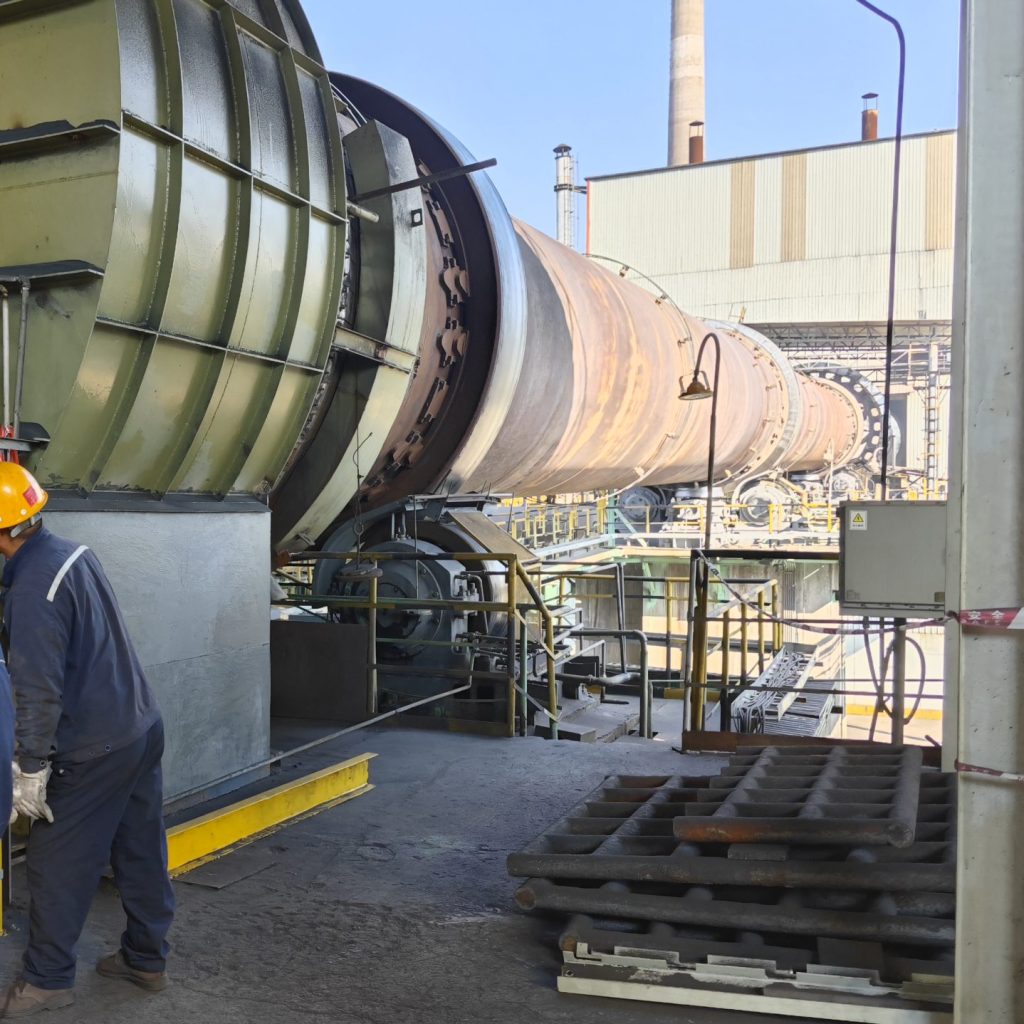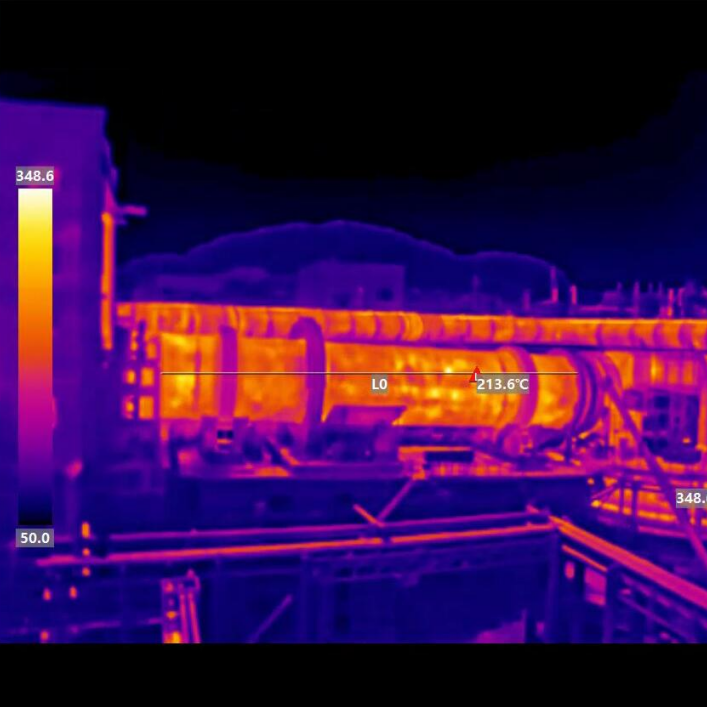The maximum range of a handheld infrared camera or hand held thermal imager can vary significantly based on multiple factors.
One of the primary determinants is the camera's resolution. A handheld ir camera with a higher - resolution detector array can capture more detailed thermal information from a greater distance. Detectors with more pixels are better at distinguishing smaller temperature differences and objects at farther ranges. For example, a camera with a 640×480 pixel resolution can typically identify and analyze thermal signatures from much farther away compared to a lower - resolution model with, say, 80×60 pixels.
Optical components also play a crucial role. The quality and focal length of the lens in a hand held thermal imager affect how well it can collect and focus infrared radiation. Cameras equipped with high - quality, long - focal - length lenses can gather more infrared energy from distant objects, increasing the effective range. A lens with a larger aperture (allowing more light to pass through) can also enhance the camera's ability to detect faint thermal signals from afar.
The environmental conditions have a substantial impact on the range as well. In clear, dry air, a handheld thermal camera can detect objects at a greater distance than in fog, rain, or dust - filled environments. Moisture, particles, and pollutants in the air can scatter and absorb infrared radiation, reducing the amount of energy that reaches the camera's detector and thus shortening the effective range.
The size, temperature, and emissivity of the object being observed also matter. Larger, hotter objects with high emissivity (the ability to emit infrared radiation) are easier to detect from a distance. For instance, a large, warm engine on a vehicle will be visible to a handheld ir camera from farther away than a small, cooler object like a pipe with minimal heat loss.
In general, basic handheld thermal imagers might have a practical detection range of up to several dozen meters for small to medium - sized objects. However, more advanced, high - end models can potentially detect large, distinct heat sources at ranges exceeding 1,000 meters under ideal conditions. But it's important to note that identifying and recognizing specific details about an object at such long ranges remains a challenge even for the most sophisticated handheld infrared cameras.


